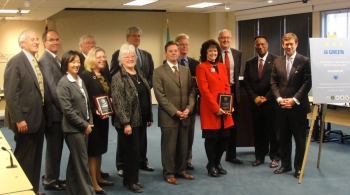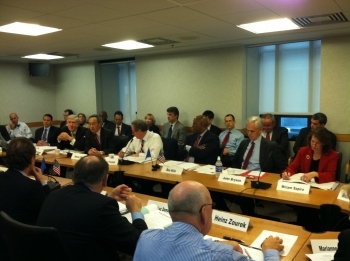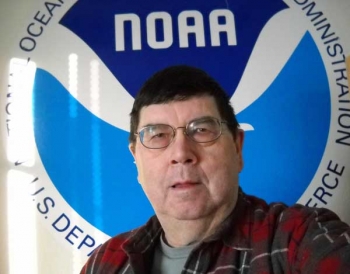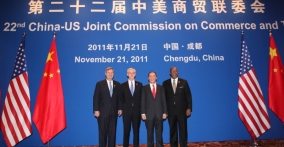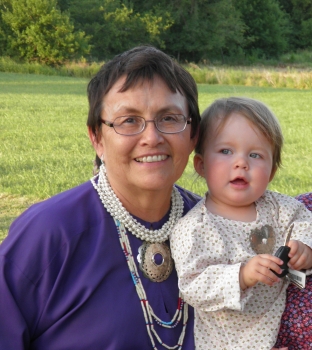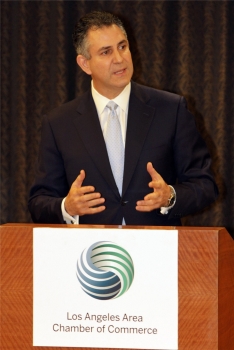Investments in the Seattle Region’s Innovation Clusters Spur Economic and Job Growth
Guest blog post by Matthew S. Erskine, U.S. Deputy Assistant Secretary of Commerce for Economic Development
The Seattle region is noted as one of our nation’s hotbed of innovation and entrepreneurship with world-class cleantech, health sciences, biotechnology and advanced manufacturing clusters. It is home to the headquarters of companies like Microsoft, Amazon and Starbucks and its regional assets are fueling job growth.
This week, I traveled to Seattle to spotlight Obama administration investments to advance these critical innovation clusters, promote entrepreneurship and small business development and create the jobs and industries of the future.
I met with the leaders of the Washington Clean Energy Partnership, awardees of the i6 Green competition. This collaboration between the Puget Sound Regional Council, South Seattle Community College, Cleantech Open and the Innovate Washington Foundation will work to foster collaboration between industry and institutions of higher education to expand the clean energy cluster. This will spur the creation of new jobs, companies and export opportunities in the market for energy efficient technologies.


